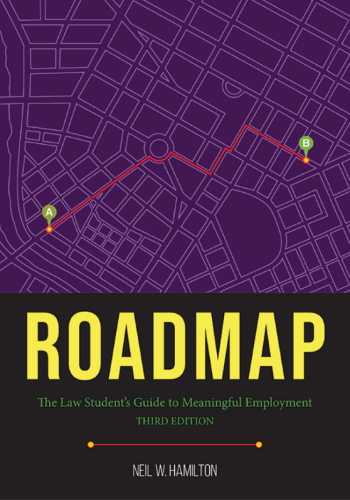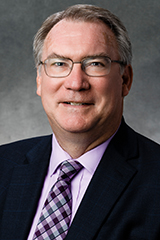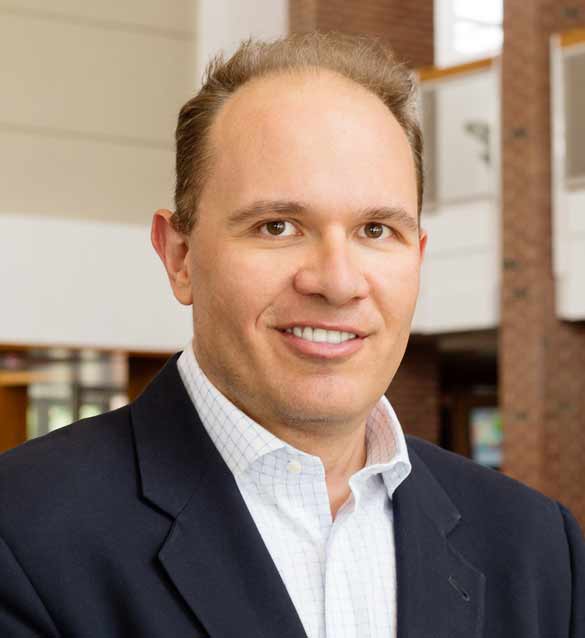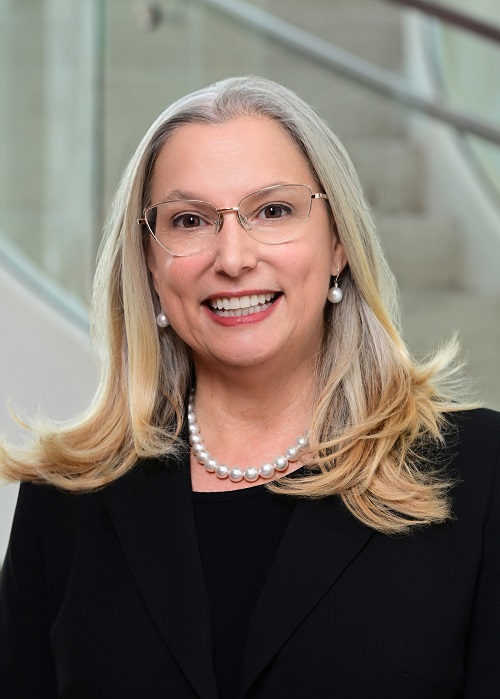By: Barbara Glesner Fines, Dean and Rubey M. Hulen Professor of Law, UMKC School of Law
As final exam season nears, we who teach doctrinal classes are turning our efforts toward constructing final exams that will fairly assess our students’ mastery of the learning outcomes we have set for our class. What conclusions might we draw about the final exam experience as an opportunity for students to experience being a lawyer or to reflect on what that identity means?
We might conclude that some traditional final exam approaches are not well suited as intentional formation experiences. Multiple-choice, standardized questions are unlikely to provide an opportunity to develop one’s conception of the role of attorney. While these exam question approaches can be helpful for assessing knowledge and, to some degree, analytical skill, they are an experience that is entirely academic. Traditional essay questions, even when framed as “you are the attorney for…” or asking students to “advise your client,” are equally unlikely to help students to form a professional identity. When delivered in the artificial environment of a timed, in-class final exam, students are unlikely to see these essay exams as experiences in which they are acting in an authentic lawyering role.
Nevertheless, traditional exam approaches are not irrelevant to professional formation. All communicate the need for professionals to prepare diligently, perform well under pressure, and communicate clearly: all part of the professional value of striving for excellence. However, they also may communicate negative habits and mindsets.
If the final exam is the only opportunity for graded credit that students receive during a semester, students are taught that day-to-day work has little value compared to the ability to deliver on deadline. Many of our students have intellectual abilities that allowed them to earn high grades during their undergraduate education by simply “cramming” for final exams rather than requiring steady, daily practice. Unfortunately, many attempt and even succeed in that same approach to their work in law school. It is little wonder, then, that we see the ABA Model Rules of Professional Conduct needing to comment that, “Perhaps no professional shortcoming is more widely resented than procrastination.”[1] One way, then, to create opportunities for students to internalize a strong commitment to sustained, quality work is to make sure that the final exam is not the only place in which they are given feedback or earn reward.
Probably the most powerful formation aspect of final exams is what comes after they are over: grades. Grades can impact professional formation in many negative ways. Law students, already overly reliant on external measures of self-worth, can be pushed even further in that direction. Students can take grades as indicia of career opportunities and academic expectations. For those at the bottom of the curve, grades can create a sense of hopelessness that undermines continual improvement. Students at the top of the statistical grade curve are not unaffected either. Their top-percentage grades can lead them to feel that they are doing something wrong if they do not enter the large firm tournament.
There is a tension here of course. The more we use “grades” to motivate student performance, the more we emphasize an external locus of control. We can find ways to provide frequent feedback and give students credit for regular practice without sending a message that student’s performance is tied to their competitive grade ranking with their peers. For example, regular practice quizzes or exams (i.e., evaluated but ungraded) can give students a way to assess their progress and earn the intrinsic satisfaction of producing a quality product.
As one of the most powerful experiences in law school, final exams could become transformative opportunities for students to reflect on their own attitudes toward professional work and value. For law schools to help make that happen, we must build in more opportunities to communicate with students about the meaning of exams and grades. We could engage students to reflect on the exam experience after it is over, develop the habit of reflection on performance for continual improvement, and right-size the impact of grades on their own self-evaluation. We do not generally structure our academic calendars to incorporate such an experience. That doesn’t mean that such an experience could not be built into our academic programs as part of an overall professional identity formation program.
Do any schools have such a program? Please share your experiences on the Holloran Center PIF listserv or with me at bglesnerfines@umkc.edu.
[1] ABA Model Rule 1.3, Comment 3.



















